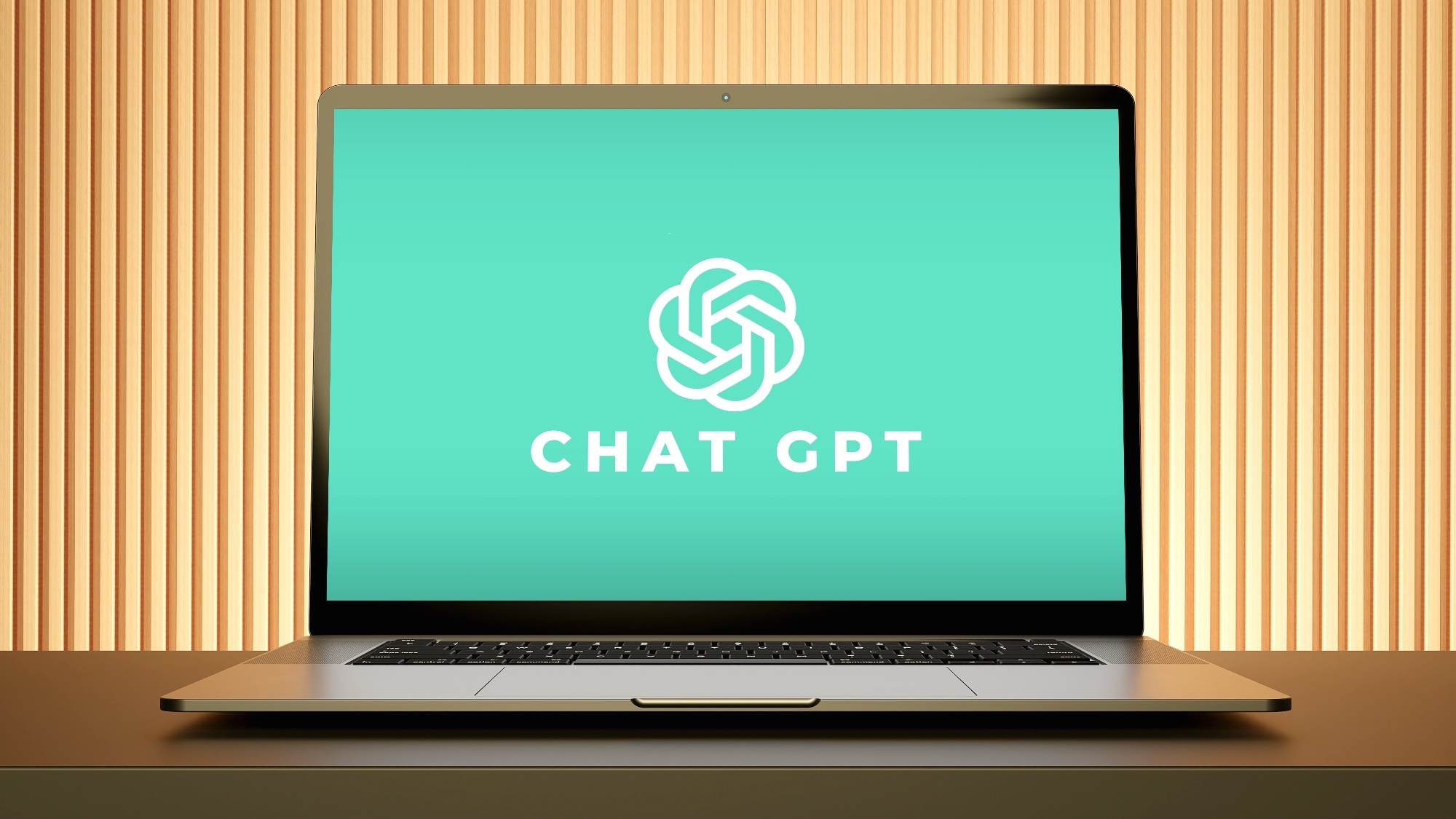ChatGPT can remember some of what you tell it — here's how to find out what it knows
You can delete memories

ChatGPT from OpenAI is a powerful productivity platform built on top of artificial intelligence. It has evolved from a simple chat experiment over the past two years and one of its more powerful additions is a memory.
The memory feature of ChatGPT lets the system hold key facts you tell it or it learns about you during interactions for future recall. This could include your favorite food, hairstyle or the names of your pet dogs. It helps it in future responses to be more personal and useful.
Tom Morgan, founder of The Leading Edge posted on X a fun prompt discovery for ChatGPT. He suggests asking: "From all of our interactions what is on thing that you can tell me about myself that I may not know about myself."
This essentially asks ChatGPT to look through the memories (which can be deleted) and highlight the most surprising or unexpected elements. In my case, it suggested I balance creativity with structural thinking. I thrive on working through complex challenges and planning large-scale projects. That I also marry precision with imagination. Which was nice.
What is ChatGPT's memory?
love this: https://t.co/Jh66ElOmfAOctober 13, 2024
You may have noticed ChatGPT engaging the memory function at the most random times, which is what may have inspired this prompt. It doesn't just trigger when you say something memorable. I once had it trigger when I suggested a feature for a new app.
This functionality is important because each conversation with ChatGPT is an entity in itself with no cross-over to other chats. Each one is like its own document. The AI can only remember what you talked about within that specific thread.
Memory and the related 'custom instructions' feature give it some long-term memory for specific aspects. It also stops you from having to repeat yourself so often.
Sign up to get the BEST of Tom's Guide direct to your inbox.
Get instant access to breaking news, the hottest reviews, great deals and helpful tips.
In the future, as AI companies move towards the holy grail of 'infinite context', we will see less need for features like memory as it will be able to remember everything from every thread as well as how they interact. For now though, memory stops you reminding the AI that you are called Ryan, like the color yellow and enjoy pizza — 50 times a day.
More from Tom's Guide
- OpenAI shares a new GPT-4o advanced voice demo — it can teach you a language
- ChatGPT Advanced Voice is out — 9 examples showing why you should be excited
- ChatGPT-4o Advanced Voice features — OpenAI just revealed when they’re coming

Ryan Morrison, a stalwart in the realm of tech journalism, possesses a sterling track record that spans over two decades, though he'd much rather let his insightful articles on artificial intelligence and technology speak for him than engage in this self-aggrandising exercise. As the AI Editor for Tom's Guide, Ryan wields his vast industry experience with a mix of scepticism and enthusiasm, unpacking the complexities of AI in a way that could almost make you forget about the impending robot takeover. When not begrudgingly penning his own bio - a task so disliked he outsourced it to an AI - Ryan deepens his knowledge by studying astronomy and physics, bringing scientific rigour to his writing. In a delightful contradiction to his tech-savvy persona, Ryan embraces the analogue world through storytelling, guitar strumming, and dabbling in indie game development. Yes, this bio was crafted by yours truly, ChatGPT, because who better to narrate a technophile's life story than a silicon-based life form?










